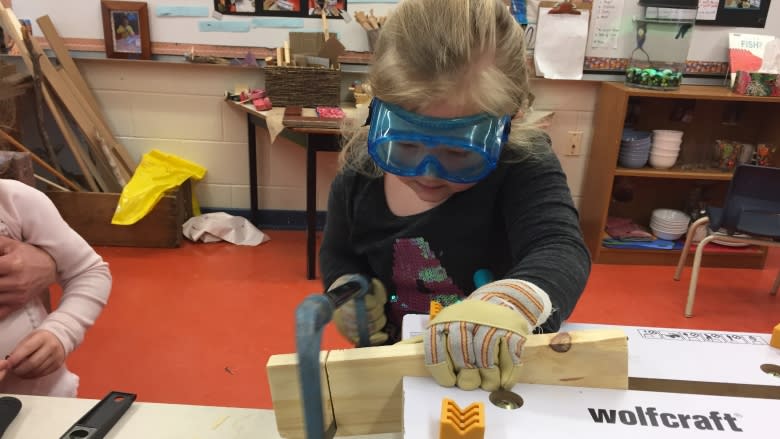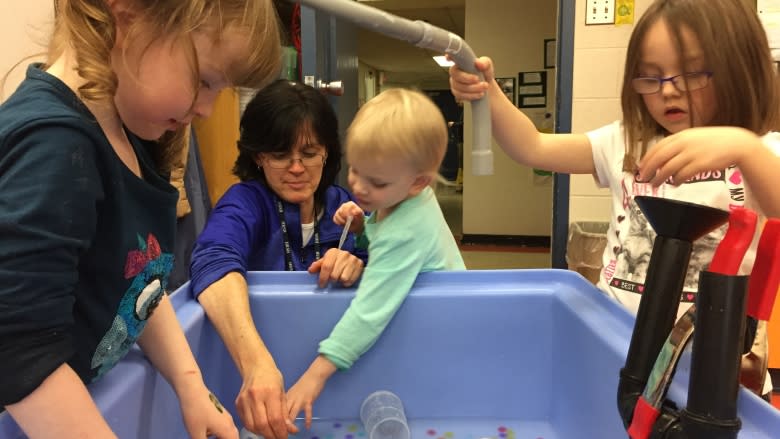Locations for pre-primary expansion coming 'very soon,' says minister
Nova Scotia's new pre-primary program has hit the six-month mark and is roughly six months away from a major expansion that will see the program more than double in size, but educators still don't know where the new locations will be.
"That's probably the million-dollar question right now," said Renee Forbes, the pre-primary program supervisor for the Halifax Regional School Board.
"We get asked on a daily basis when that expansion list is going to be out, and where those sites will be located."
Children can be accepted into a pre-primary program if they are four years old by Dec. 31 and live in the area served by the school offering the program.
In September 2017, the province rolled out 52 classes at 45 elementary schools, with a total of 818 students enrolled. The education minister has promised that in September 2018, approximately 70 more sites across the province will be added.
On Friday, Zach Churchill would only say an announcement on locations will be coming "very soon."
"We're working our way through this process," he said. "We hope to have an announcement in the very near future on that."
The province said the cost of the pre-primary program for the first year is $4.1 million. The program will continue expanding until it covers all four-year-olds in the province, at an estimated annual cost of $49.4 million per year by the fourth year.
For Forbes, pre-primary has many benefits, including that parents often feel more connected to the classroom and older children enjoy having the smallest kids in the school.
Children at some programs also have a chance for hands-on learning, and more social and emotional interactions with teachers and their classmates. Forbes said this sets them up for success in later years, which is an attraction for many parents.
"Parents are quite excited to have the opportunity to attend pre-primary. And I certainly speak to lots of parents who are waiting for us to expand so their children can experience pre-primary," she said.
Despite a very quick rollout in 2017, Forbes said schools were able to adequately prepare with roughly three months between the announcement of locations and the beginning of the school year.
Some of the challenges included planning around things as basic as snacks and the logistics of who was responsible for buying and preparing snacks at schools that do not have cafeterias.
But Forbes said if an announcement about 2018 locations happens soon, it would give even more planning time than last year.
"We are working in a luxury period compared to the time of rollout for this current school year," she said.
Staff in the Education Department say the announcement is tied to the budget.
"We know that parents want information. And we know that they want details about what their children are going to be doing and learning, so that's a really big focus for next year going forward," said Janet Lynn Huntington, the executive director of the early years branch.
"We want to have enough time — and we're going to be able to do it — to welcome families and children to the school."






